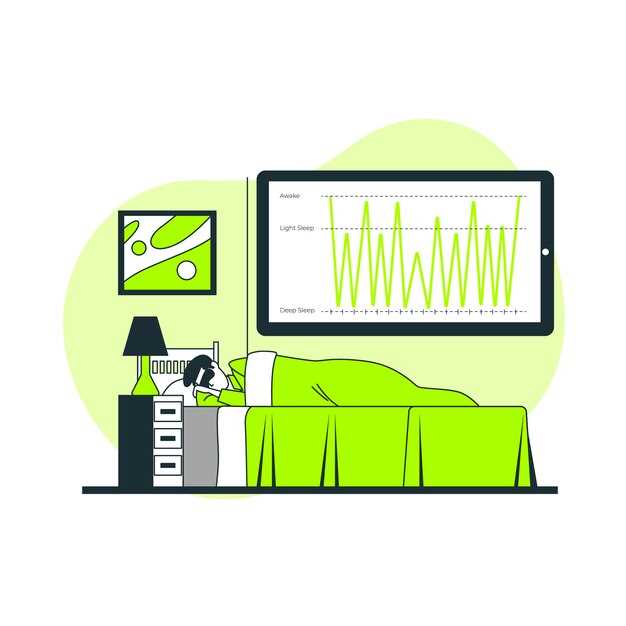
Tamsulosin monitoring parameters are crucial for ensuring the effectiveness and safety of this medication. It is important to regularly check certain factors to monitor the response to treatment and detect any potential side effects. Here are some key parameters that should be monitored:
1. Blood Pressure: Regular blood pressure checks are necessary as tamsulosin can cause a decrease in blood pressure, especially when standing up from a sitting or lying down position.
2. Urinary Symptoms: Monitoring urinary symptoms such as frequency, urgency, and hesitancy can help assess the effectiveness of tamsulosin in relieving symptoms of enlarged prostate.
3. Drug Interactions: Keep track of any other medications being taken concurrently with tamsulosin to prevent potential interactions that could affect its efficacy.
4. Liver Function: Periodic liver function tests may be recommended to ensure tamsulosin is not causing any adverse effects on the liver.
By diligently monitoring these parameters, healthcare providers can optimize the treatment plan and ensure the best possible outcomes for patients taking tamsulosin.
Understanding Tamsulosin Monitoring Parameters
Monitoring parameters for Tamsulosin are crucial in ensuring the effective and safe use of this medication. By understanding the key monitoring parameters, healthcare professionals can optimize patient care and minimize risks associated with Tamsulosin therapy.
Regular monitoring of parameters such as blood pressure, heart rate, liver function tests, and renal function tests is essential in assessing the patient’s response to Tamsulosin. These parameters help healthcare providers adjust the dosage or identify any potential adverse effects promptly.
Importance of Monitoring Parameters
Effective monitoring of Tamsulosin parameters helps in early detection of any abnormalities or side effects, allowing for timely intervention and ensuring patient safety. Monitoring also aids in evaluating the response to treatment and optimizing the therapeutic outcomes.
Key Parameters to Track
| Parameter | Monitoring Frequency |
|---|---|
| Blood Pressure | Regularly, before and during therapy |
| Heart Rate | Periodically, especially during initial weeks |
| Liver Function Tests | Periodically to assess hepatic function |
| Renal Function Tests | Periodically to evaluate kidney function |
Key Parameters to Track

Monitoring key parameters while taking Tamsulosin is crucial for managing the medication effectively and ensuring patient safety. By tracking these essential metrics, healthcare providers can make informed decisions and adjust the treatment plan as needed. Here are the key parameters that should be monitored:
- Blood Pressure: Regular monitoring of blood pressure is important as Tamsulosin can cause a decrease in blood pressure, leading to symptoms like dizziness and lightheadedness.
- Urinary Symptoms: Changes in urinary symptoms, such as frequency, urgency, and flow rate, should be closely monitored to evaluate the effectiveness of Tamsulosin in relieving symptoms of benign prostatic hyperplasia.
- Serum Creatinine Levels: Monitoring serum creatinine levels is essential to assess kidney function and detect any potential adverse effects of Tamsulosin on renal function.
- Side Effects: Tracking and reporting any side effects experienced by the patient, such as retrograde ejaculation, dizziness, or nasal congestion, is crucial for optimizing treatment outcomes.
By diligently monitoring these key parameters, healthcare providers can ensure the safe and effective use of Tamsulosin and enhance patient well-being.
Key Parameters to Track
Monitoring the key parameters of Tamsulosin is crucial for ensuring the effectiveness and safety of the treatment. By tracking these essential indicators, healthcare providers can better assess the patient’s response to the medication and adjust the treatment plan as needed. The key parameters to track include:
- Urinary flow rate
- Post-void residual urine volume
- Prostate-specific antigen (PSA) levels
- Voiding symptoms
- Side effects
Regular monitoring of these parameters allows healthcare providers to identify any potential issues early on and make informed decisions about the patient’s treatment. It is important to follow the recommended frequency of monitoring to ensure the best possible outcomes for the patient.
Frequency of Monitoring

Regular monitoring of Tamsulosin parameters is crucial to ensure effective treatment and patient safety. It is recommended to monitor the following parameters:
- Blood pressure: Check blood pressure before starting Tamsulosin and regularly throughout treatment to monitor for changes.
- Heart rate: Monitoring heart rate can help identify any abnormalities that may be associated with Tamsulosin use.
It is important to consult with healthcare providers to determine the appropriate frequency of monitoring based on individual patient characteristics and medical history.
Benefits of Regular Monitoring
Regular monitoring of Tamsulosin parameters is crucial for ensuring the effectiveness and safety of treatment. By monitoring key parameters such as blood pressure, heart rate, and urinary flow rate, healthcare providers can assess the response to Tamsulosin therapy and make necessary adjustments to optimize outcomes.
Early detection of any adverse effects or signs of treatment failure can prompt timely interventions to prevent complications and improve patient outcomes. Regular monitoring also allows healthcare providers to track changes in parameters over time, evaluate treatment efficacy, and make informed decisions about the management of BPH symptoms.
Consistent monitoring facilitates close communication between patients and healthcare providers, enhancing patient engagement in their care and promoting better treatment adherence. By monitoring Tamsulosin parameters regularly, healthcare providers can also identify potential drug interactions, monitor for drug tolerance, and tailor treatment plans to meet individual patient needs.
Overall, regular monitoring of Tamsulosin parameters offers numerous benefits for patients with BPH, including improved treatment outcomes, enhanced safety, and better symptom management. It plays a vital role in optimizing therapeutic outcomes and ensuring the long-term success of Tamsulosin therapy.
